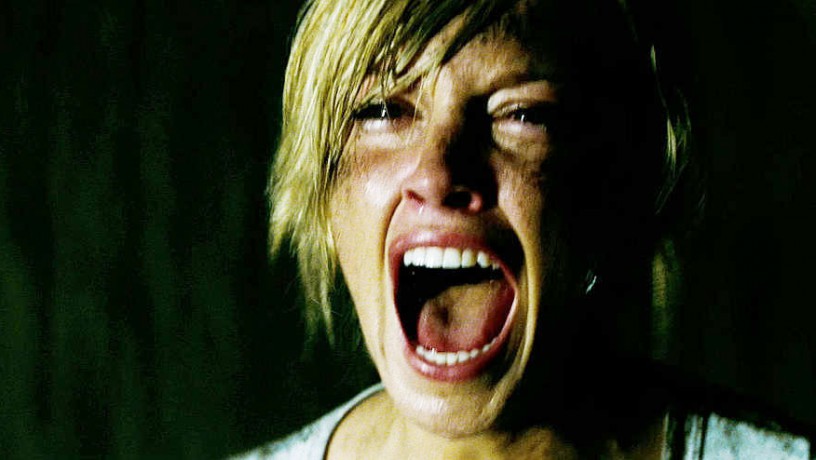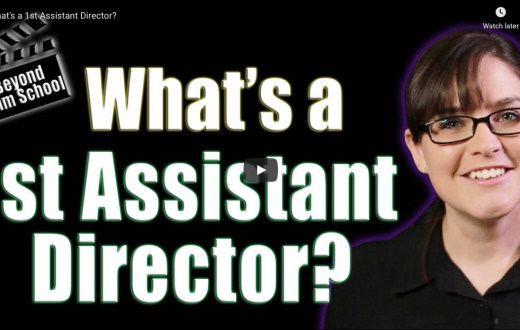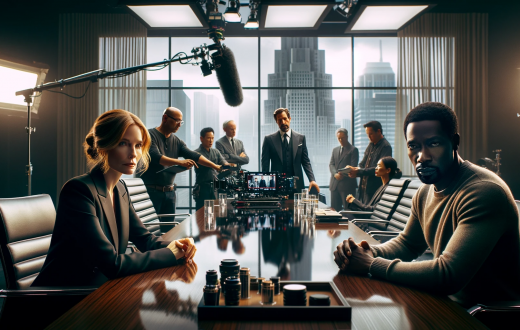Acting is often described as the art of living truthfully under imaginary terms. One of the most fundamental aspects of this is the concept that “acting is reacting.” This means that authentic performance comes from genuine responses to the stimuli provided by the other actors and the environment within a scene. Let’s explain what this entails and how it can elevate your acting skills.
Understanding the Concept
Acting is reacting refers to the idea that acting should not be about delivering lines in isolation but about responding to the cues and actions of others. It requires actors to be fully present in the moment, to listen actively, and to let their emotions and actions be influenced by what is happening around them.
Why Reacting is So Important
Authenticity: Genuine interactions boost the trustworthiness of a performance. When actors interact and respond to each other, the scene becomes dynamic, enchanting the audience and drawing them into the story.
Connection: Acting is a collaborative art. Reacting fosters a deeper connection between actors, enhancing chemistry and making interactions more dynamic.
Emotional Depth: Real reactions often bring out more profound and nuanced emotions. By reacting to another’s performance, actors can access a wider range of feelings, leading to richer portrayals.
Spontaneity: Reacting in the moment allows for spontaneity, making scenes feel fresh and unpredictable. This keeps both actors and audiences engaged.
Practical Examples
Example 1: Improvisation
Engaging in improvisation activities is an excellent method for honing your ability to respond. In improv, performers work without a script and must react to the actions and words of their scene partners. This demands both attentive listening and rapid decision-making.
Activity: Team up with another actor to initiate a straightforward improv scenario. One individual starts with a statement, and the other must respond to it. For example, if one actor says, “I can’t believe you did that”, the response from their partner should be immediate and shaped by their understanding of the situation. They could express surprise, remorse, or defiance depending on how they perceive the context.
Example 2: Meisner Technique
Sanford Meisner developed a technique centered on the principle of acting as reacting. His repetition exercise helps actors focus on their partners rather than themselves.
Activity: Stand facing a partner. One individual comments on something they notice about the other (for instance, “I see you smiling”), and the other person echoes this observation (for example, “Yes, I’m smiling”). This exchange goes on, incorporating different tones and feelings, until their reactions become instinctive rather than deliberate.
Example 3: Scene Study
When studying a scene, instead of just memorizing your lines, pay attention to the emotional and physical cues given by your scene partner.
Activity: Choose a scene and perform it with a partner. Focus on truly listening to their lines and watching their body language. React naturally to what they say and do. If your partner’s character is angry, how does that make your character feel? Let those feelings guide your responses.
Applying Reacting to Different Genres
Drama
In dramatic scenes, authentic reactions are crucial for conveying intense emotions. Regardless of whether it’s a painful admission or an intense dispute, your responses ought to convey the seriousness of the circumstances.
Example: In a scene where a character learns about a betrayal, the initial shock, followed by anger or sadness, should be visible. The way you react to your partner’s delivery of the news can transform a straightforward dialogue into a powerful moment.
Comedy
Comedy relies heavily on timing and reactions. Frequently, the comedy arises from how the characters react to ridiculous scenarios or clever comments.
Example: In a comedic scene, if your partner delivers a punchline, your reaction—be it confusion, laughter, or an exaggerated double-take—can enhance the joke. Timing your reactions to match the rhythm of the scene is key.
Action
In action scenes, reactions are not only emotional but physical. How you react to a threat or a sudden movement can add to the intensity and realism.
Example: In a fight scene, reacting to punches and falls believably is key. Your physical response to each hit—flinching, stumbling, or retaliating—creates the illusion of real combat.
Tips for Effective Reacting
Active Listening: Immerse yourself completely in interactions with your fellow artists by being mindful in every aspect. Employ all your senses, going beyond just listening, to truly grasp their messages. Notice not just their words, but also their gestures and the unspoken signals conveyed by their physical actions.
Stay Present: Focus on the moment and resist the urge to plan your reactions. Let them happen naturally.
Use Your Body: Reactions are not just verbal. Your body language, facial expressions, and movements should all reflect your character’s response.
Embrace Vulnerability: Allow yourself to be affected by your scene partner. Genuine reactions often come from a place of vulnerability.
Practice Empathy: Make an effort to grasp the feelings and driving forces behind your character, along with those of your fellow actors in the scene. This empathy will inform more authentic reactions.
Common Pitfalls and How to Avoid Them
Overacting
While reacting is important, overreacting can make a performance seem forced and unrealistic. You need to find a balance between a genuine response and maintaining control over your performance.
Tip: Record your rehearsals and watch them back. Look for moments where your reactions may be too exaggerated and adjust accordingly.
Anticipation
Anticipating your partner’s lines or actions can lead to pre-planned reactions that feel unnatural. It’s crucial to stay in the moment and let your reactions unfold organically.
Tip: Practice scenes with different partners or vary your scenes to avoid falling into patterns. This keeps your responses fresh and spontaneous.
Lack of Engagement
Not fully engaging with your scene partners can result in flat or disconnected performances. Remember, acting is a collaborative effort, and your engagement is vital for a compelling scene.
Tip: Engage in exercises that build trust and connection with your fellow actors, such as eye contact drills or trust falls.
Real-World Examples from Film and Television
Marlon Brando in On the Waterfront
Marlon Brando’s portrayal in On the Waterfront exemplifies the art of reaction. In the well-known scene where he says, “I coulda been a contender”, his responses to Rod Steiger’s dialogue are both understated and impactful, effectively expressing profound regret and unfulfilled promise. Brando’s talent for authentic listening and sincere engagement is what elevates this moment to an iconic status.
Meryl Streep in Sophie’s Choice
Meryl Streep’s portrayal in Sophie’s Choice is celebrated for its emotional depth. During the moment she discloses her harrowing history, her responses to Kevin Kline’s inquiries feel strikingly authentic. Streep’s talent for remaining grounded and allowing her feelings to emerge organically renders this scene truly memorable.
Bryan Cranston in Breaking Bad
Another outstanding illustration is Bryan Cranston’s depiction of Walter White in Breaking Bad. His character’s responses to the escalating crises are intricately layered and authentic. From moments of subdued despair to bursts of intense rage, Cranston consistently grounds his reactions in the authenticity of the situation.
Practical Implications
For actors, understanding the importance of reacting goes beyond theoretical knowledge; it requires practical application. Here are some additional exercises and strategies to integrate reacting into your practice:
Exercise: Reaction Speed Drills
This exercise helps in quickening the actor’s response time and making their reactions more instinctive.
-
Pair up with another actor and sit face-to-face.
-
One actor makes a random statement or action.
-
The other actor must react immediately and truthfully without overthinking.
-
Continue this for a few minutes, then switch roles.
This drill trains actors to trust their instincts and react naturally and quickly, which is what it takes for maintaining the flow and spontaneity of a scene.
Exercise: Emotional Recall
This exercise involves recalling personal memories to elicit genuine emotions.
-
Think of a memory that evokes a strong emotion related to the scene you are working on.
-
Recall the details vividly and let yourself feel those emotions.
-
Use these emotions to inform your reactions during the scene.
This technique can help deepen the emotional authenticity of your reactions, making them more believable and impactful.
Observation and Mimicry
Observation is a powerful tool for actors. Spend time watching people in real-life situations—how they react in various contexts, from mundane daily tasks to high-stress situations.
-
Observe the nuances of their body language, facial expressions, and vocal tone.
-
Practice mimicking these observations to understand how genuine reactions manifest physically.
By incorporating these behaviors into your performances, you can add layers of authenticity to your reactions.







